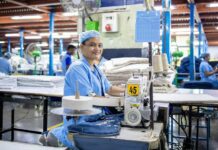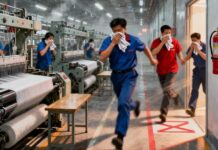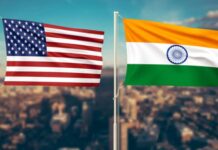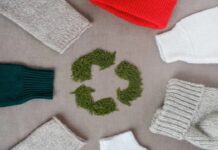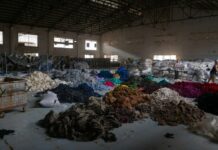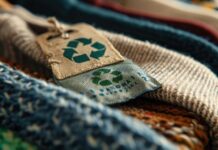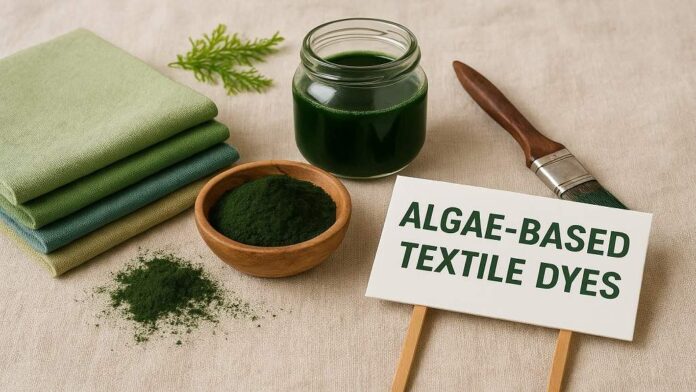Recent advancements in textile processing have introduced pioneering solutions aimed at producing cleaner dyes through the innovative use of DNA sequencing and algae, significantly addressing the textile industry’s environmental challenges.
Traditional dyeing methods are notorious for their reliance on toxic chemicals, which not only pollute water sources but also create hazardous waste. The textile industry is one of the largest contributors to water pollution, with dye effluents affecting aquatic ecosystems and human health. According to a report by the World Bank, textile dyeing accounts for approximately 20% of global industrial water pollution. In response, researchers and industry leaders are exploring sustainable alternatives to mitigate these impacts.
One of the most promising developments is the utilization of algae as a natural dye source. Algae have a long history of being used for dyeing fabrics, but recent genetic studies have opened new avenues for their application. By sequencing the DNA of specific algae strains, researchers have pinpointed the genetic factors responsible for producing vibrant pigments. A study published in the journal Nature highlights how genetic engineering can enhance pigment production in algae, making them a viable alternative to synthetic dyes.
The process of extracting dyes from algae offers numerous advantages. Algae are renewable resources that grow rapidly and can be cultivated in various environments, including wastewater, which contributes to a circular economy model. Additionally, algae-based dyes are biodegradable and less harmful to aquatic life, making them an environmentally friendly choice. Companies like Algaeing and Green Matters are at the forefront of this innovation, developing algae-based dyes that are gaining traction in the fashion industry.
Furthermore, the integration of biotechnology and algae in dye production could lead to reduced production costs. Traditional dyeing processes are energy-intensive and require substantial water quantities. In contrast, algae require significantly less water and energy, making this approach not only sustainable but also economically viable. According to research from the Journal of Cleaner Production, using algae can result in lower operational costs while maintaining product quality.
The shift toward cleaner dyes aligns with the growing consumer demand for sustainable fashion and eco-friendly products. Awareness of environmental issues has prompted both consumers and brands to prioritize sustainability in their purchasing decisions. A survey by McKinsey & Company found that 67% of consumers consider sustainability when making clothing purchases, highlighting the need for brands to innovate in eco-friendly textile solutions.
In addition to reducing pollution, the use of cleaner dyes contributes positively to water ecosystems by lowering the risk of chemical runoff that can harm biodiversity. Algae-based dyes not only enhance the sustainability of textile production but also promote healthier aquatic environments.
As the textile industry grapples with increasing scrutiny over its environmental footprint, adopting cleaner dyes derived from algae represents a transformative opportunity. This innovation exemplifies how biotechnology can revolutionize the sector, offering sustainable pathways to meet the demands of eco-conscious consumers.
Industry giants are beginning to take notice of these advancements. Companies like Adidas and Levi Strauss & Co. have already started to explore algae-based dyeing techniques as part of their sustainability initiatives. For instance, Adidas has committed to using sustainable materials and reducing its carbon footprint, merging environmental responsibility with brand innovation.
As the industry continues to evolve, the potential for cleaner dyes derived from algae appears promising. The convergence of biotechnology and sustainable practices not only offers the textile sector a chance to improve its environmental impact but also paves the way for a more sustainable future in fashion. By investing in these innovative solutions, the textile industry can transition toward a greener, more responsible model that aligns with global sustainability goals.
In conclusion, as the textile sector faces increasing pressure to adopt environmentally friendly practices, the use of cleaner dyes from algae presents a compelling solution. This shift not only addresses the pressing challenges of chemical pollution and waste but also exemplifies the potential of innovation in creating a sustainable future for the fashion industry. As research and technology continue to advance, the prospect of a greener textile industry becomes increasingly attainable, driven by the integration of biotechnology and sustainable resource management.




